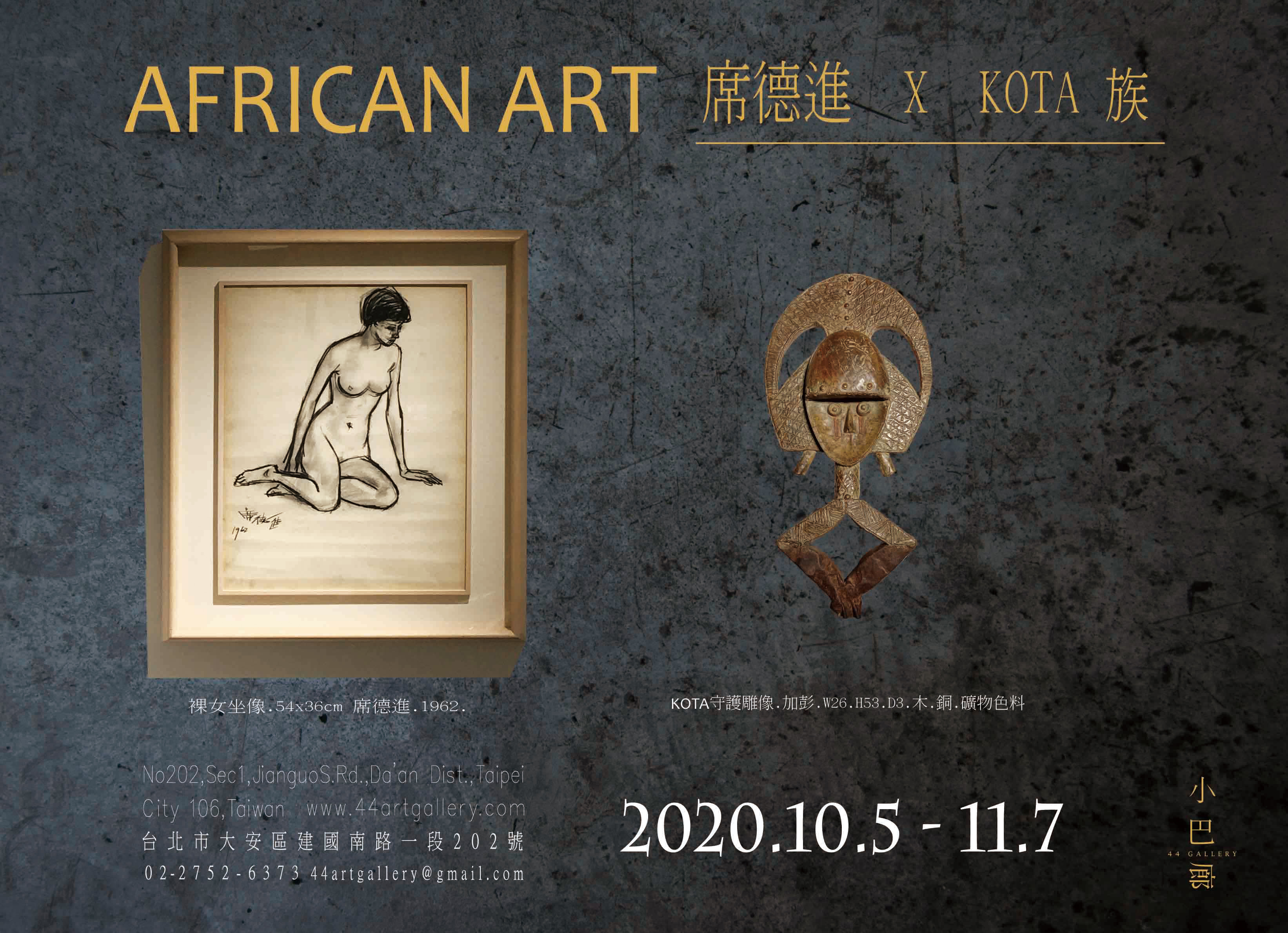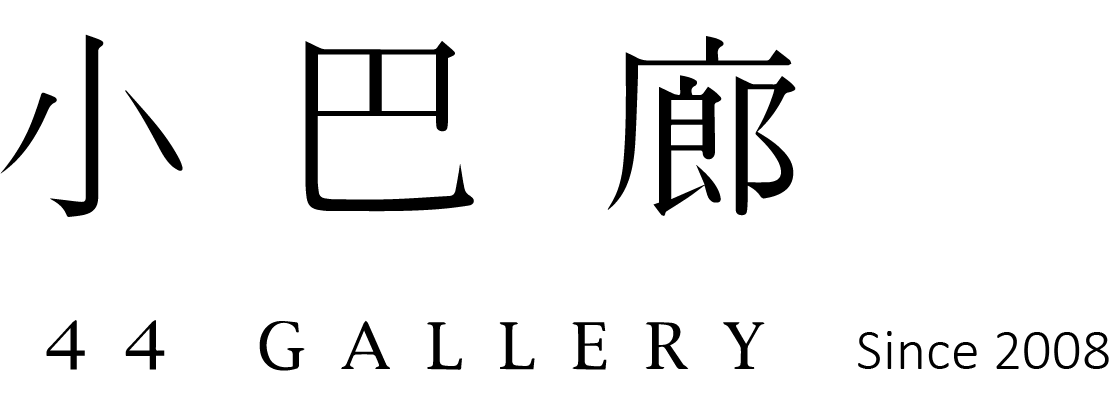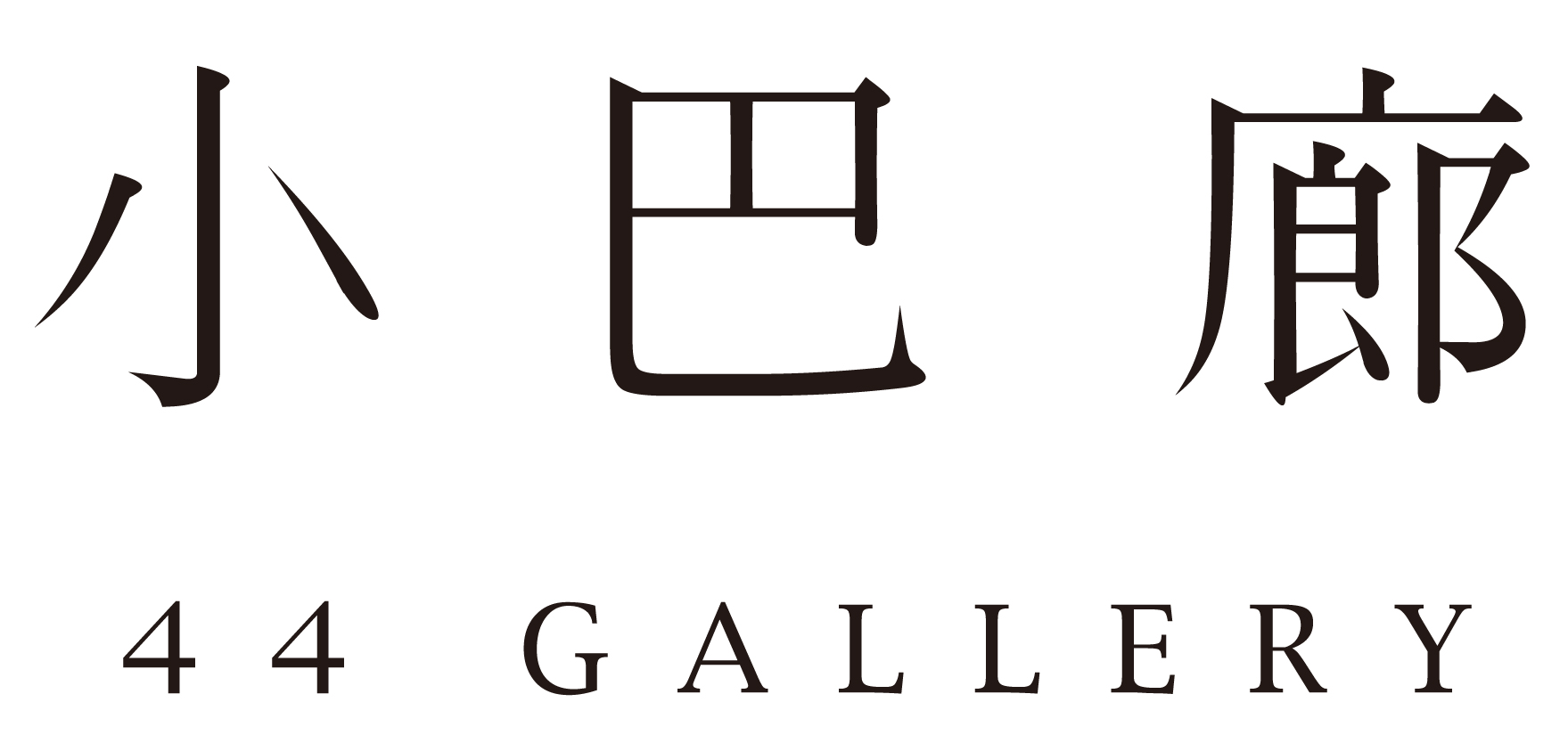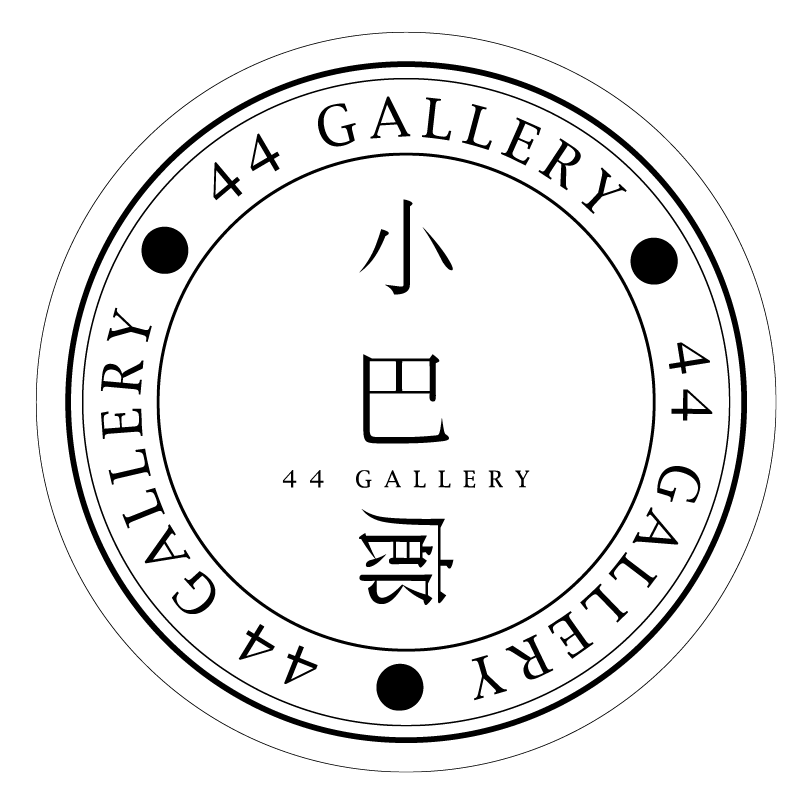『 美好 -- Kota族 』 主題展
2020.11.28 - 12.19
Kota雕塑是加蓬雕塑的主要作品之一,是非洲雕塑形式中獨特地使用木材和錘打金屬,並以抽象的風格著名。另一個顯著特徵是金屬之間銅、鐵形成的層次感,金屬象徵著繁榮,而人們認為金屬反光可以驅除邪惡,也表現財富和威信力量。
據記載,很難確定Kota藝術的起源地和時間。大概是在10世紀這個時期,似乎已經開始使用本地生產的少量銅並逐漸發展,直到15世紀末歐洲人到來為止,然後到了整個19世紀。根據文化,地區和時期的不同,製作的樣式也不同,它們被固定在容器的蓋子上或綁紮在裡面的文物束上作為立式人物的底座,是其中所保存的珍貴物品的守護者。然而,從某種意義上說功能更廣,因為在公共慶典和表演中,聖物雕塑也可以作為祖先力量的有效代理。這樣的儀式和表演以糾正社會危機和確保從生育和健康到狩獵和貿易等事務的成功而著稱。通常在家庭或氏族首領的住所中安置聖物箱,以提供廣泛的幫助和保護,保護其社區免受傷害。
在大型的Kota精製人物雕像中,描繪了一種出色的風格。人物因其臉部比例,其幾何結構內的張力和視覺衝擊力的密度而著稱,這是透過面部特徵和非常獨特的金屬鑲嵌而實現的。從歷史上講,裝飾頭部和構造面部所用的材料(最常見的是黃銅和銅)是稀缺的,因此更具意義和價值,反映了相關文物的珍貴。
尖銳輪廓的有力感特別體現在塑形牙齒的鐵條的罕見圖案中。在一系列連續平面中經過精美處理的體積以微妙的凹凸形狀順序連接。“加上冠狀髮型和包圍的旁瓣的附加元素,另一種與葉片形式相似而被稱為“葉狀”,美好的作品整體如珠寶般,也反映了Kota族的無限想像力。
Kota sculpture is one of the main artistic works of Gabonese sculpture, and it is uniquely known for its use of wood and hammered metal in African sculptural forms, often with an abstract style. A notable feature of these sculptures is the layering effect between metals such as copper and iron, where metal symbolizes prosperity. People believe the reflective quality of the metal can drive away evil spirits, while also representing wealth and authority.
It is difficult to pinpoint the exact origin and time of Kota art, but it seems to have started around the 10th century, with the use of locally produced copper gradually developing until the arrival of Europeans in the late 15th century and continuing throughout the 19th century. Depending on culture, region, and period, the style of these sculptures varied. They were often fixed on the lids of containers or bound within bundles of artifacts as the bases for standing figures, serving as guardians of precious items.
However, in a broader sense, these sculptures also had a more extensive function. During public ceremonies and performances, sacred sculptures acted as effective representations of ancestral power. These rituals and performances were known for resolving social crises and ensuring success in matters ranging from fertility and health to hunting and trade. Sacred object boxes were typically placed in the homes of family or clan leaders to offer broad assistance and protection for the community.
In large Kota finely crafted figurative sculptures, the figures are famous for their facial proportions, the tension within their geometric structure, and the density of visual impact. This is achieved through facial features and the very unique metal inlay. Historically, the materials used to decorate the head and construct the face (commonly brass and copper) were scarce, making them even more meaningful and valuable, reflecting the preciousness of the artifacts. The strong sense of sharp contours is especially reflected in the rare patterns of iron bars sculpted to form teeth.
In a series of consecutive planes, the volumes are delicately treated and connected with subtle concave and convex shapes in order. The addition of a crown-like hairstyle and surrounding leaf-like elements gives the piece a beautiful, jewelry-like quality, also reflecting the Kota people's infinite imagination.
These sculptures are remarkable for their creativity, artistic expression, and the cultural depth they embody.



